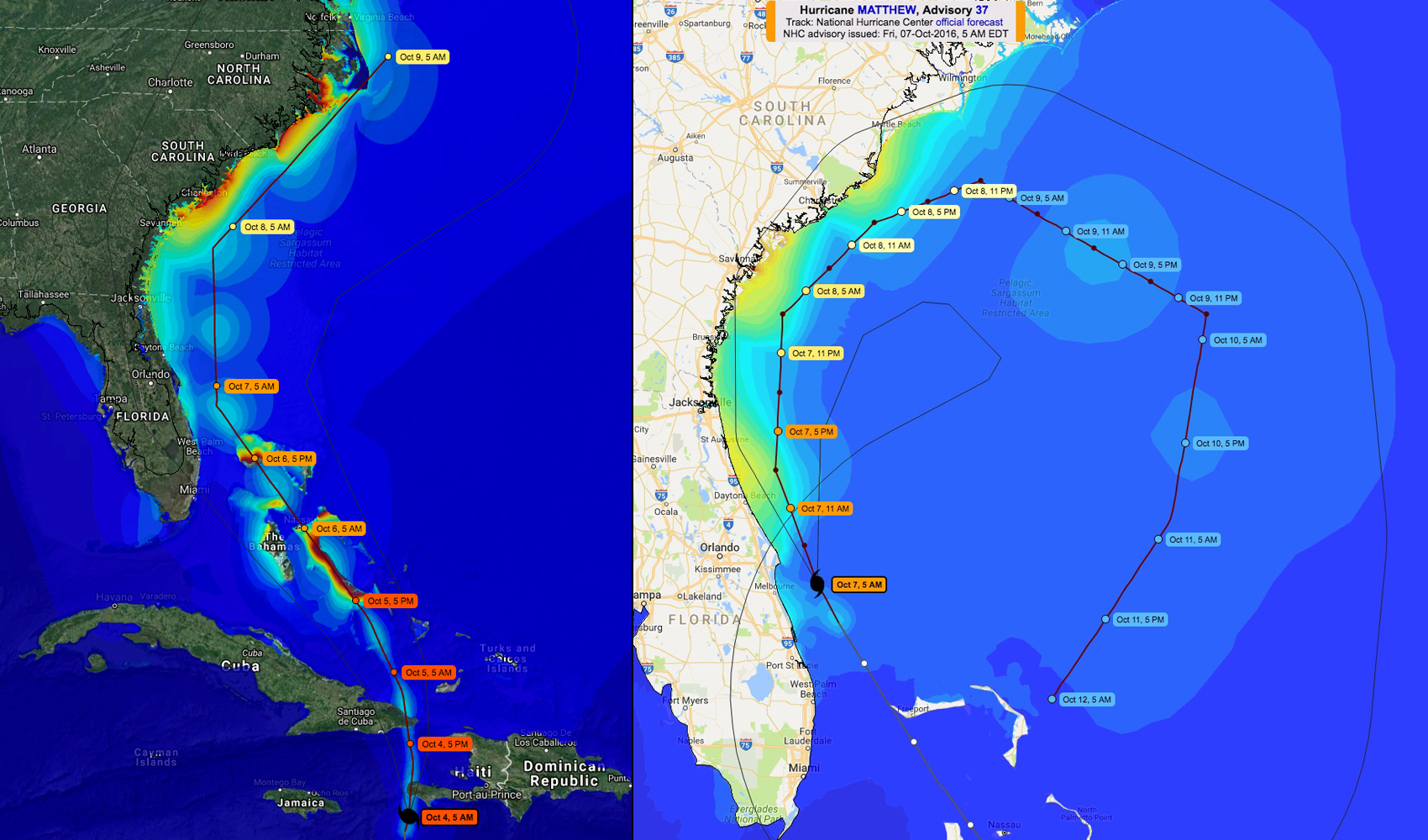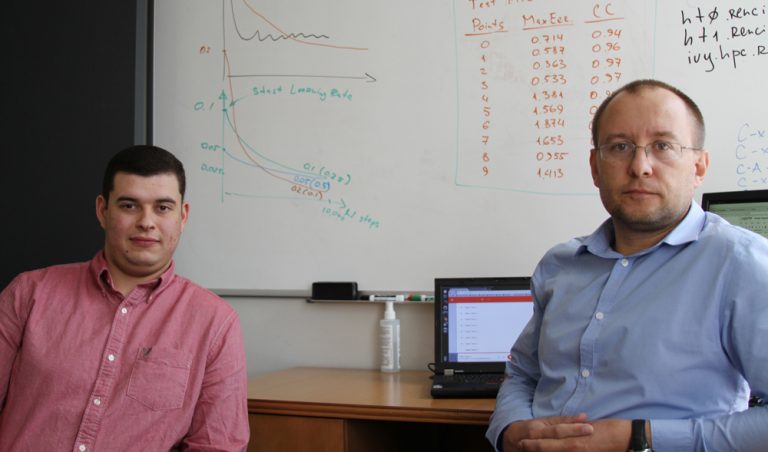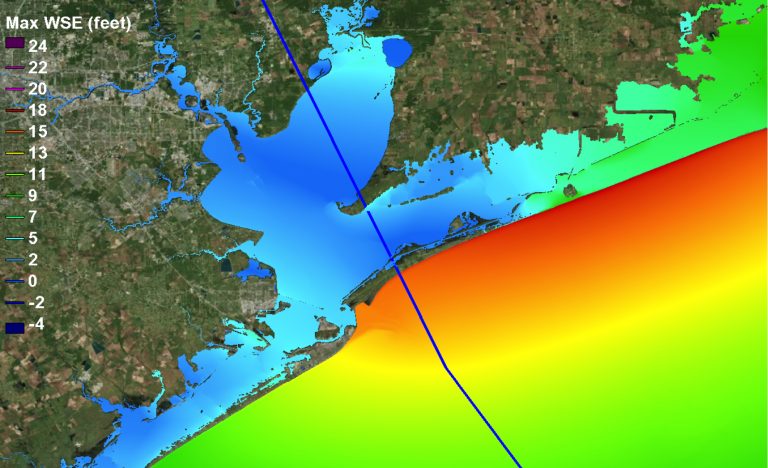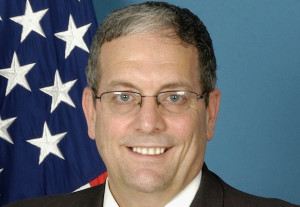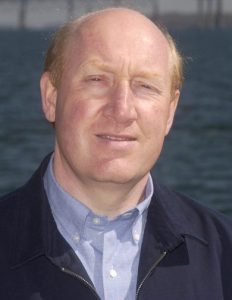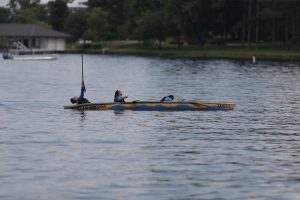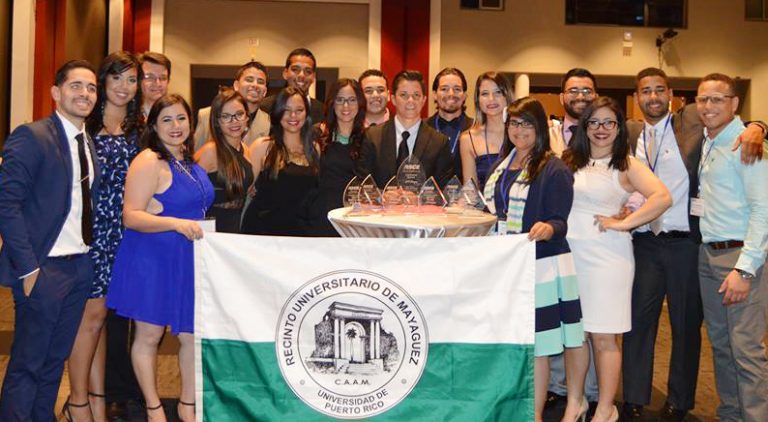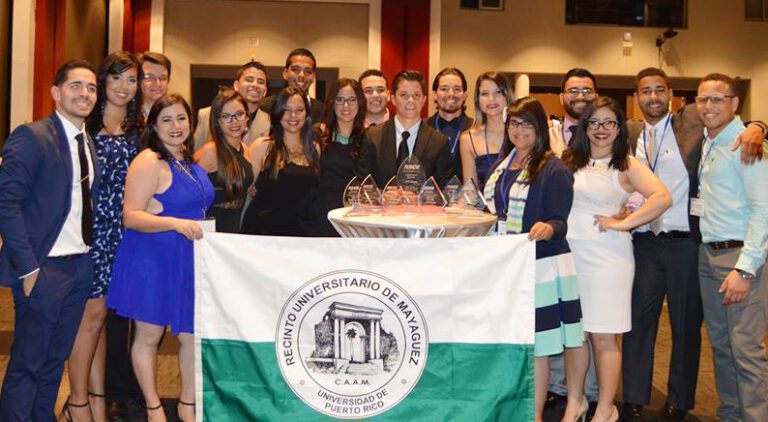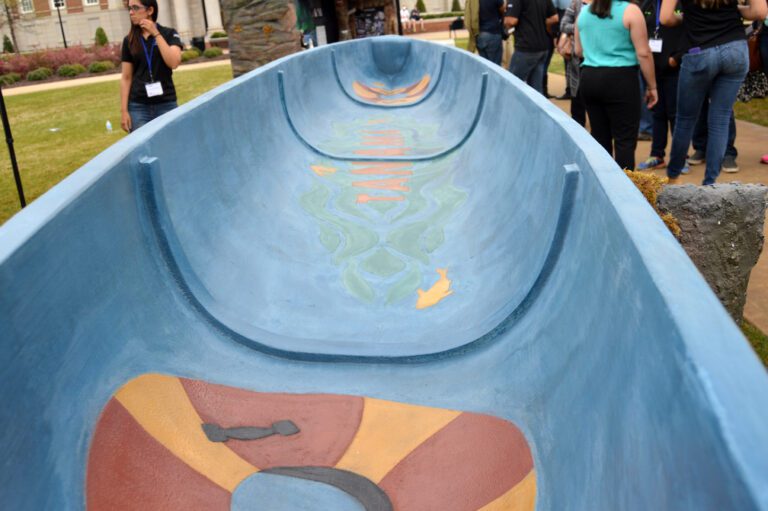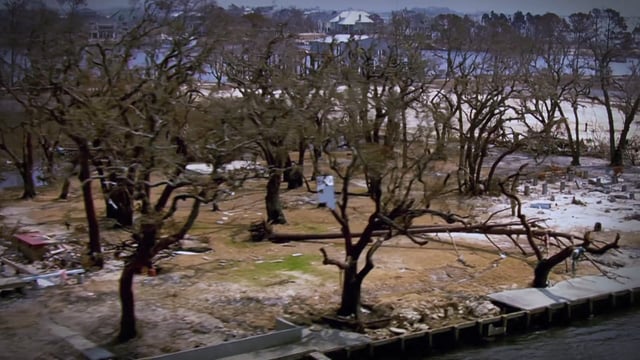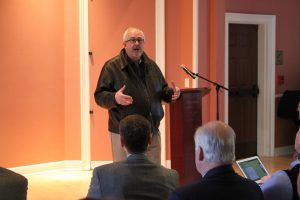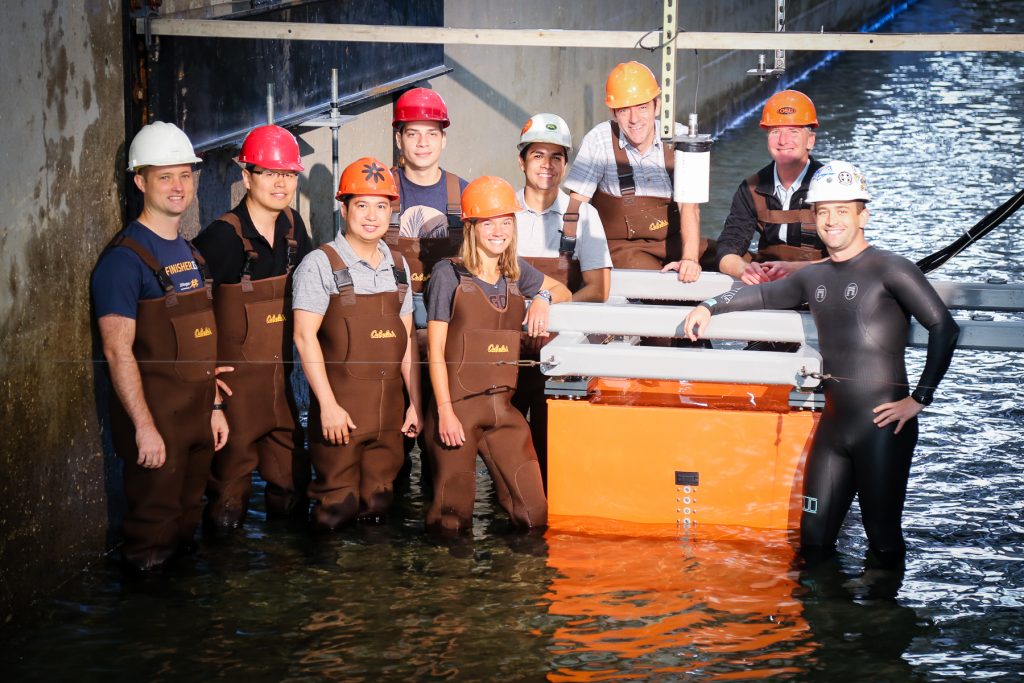
Researchers from Oregon State University and Colorado State University are conducting benchmark laboratory and numerical experiments to improve the resilience of coastal structures subject to hurricane waves and surge.
Principal investigator Dr. Daniel Cox and co-Principal Investigator Dr. John van de Lindt are concluding the first phase of a multiphase project titled “Experimental and Numerical Study to Improve Damage Due to Overland Wave and Surge Hazards on Near-Coast Structures.” The Coastal Resilience Center of Excellence (CRC) project includes three phases that will improve the estimation of damage based on overland surge and wave forces that can be used in risk-based design methodologies:
- Physical modeling to quantify wave forces on elevated coastal structures based on a variety of wave and surge conditions and develop predictive equations for horizontal and vertical wave forces.
- Develop fragility curves (statistical representation of vulnerability) for wave heights, pressures, or forces exceeding key damage thresholds.
- Illustrate risk-informed design methodologies that can improve the resilience of near-coast structures vulnerable to hurricane effects.
The research team is comprised of collaborators from Oregon State University (OSU) and Colorado State University (CSU), including CSU graduate student Trung Do, OSU graduate student Ben Hunter, Dr. Pedro Lomonaco (OSU), Tim Maddux (OSU), OSU graduate student Hyoungsu Park, OSU graduate student William Short and OSU graduate student Tori Tomiczek. This summer the project involved DHS-sponsored graduate student Kevin Cueto and undergraduate student Diego Delgado from the University of Puerto Rico-Mayaguez (UPRM) during the summer as part of the CRC SUMmer Research EXperience (SUMREX) program. Through this program, students from CRC education partners, including UPRM, visit PIs from research partners to be involved in research projects and gain experience.

